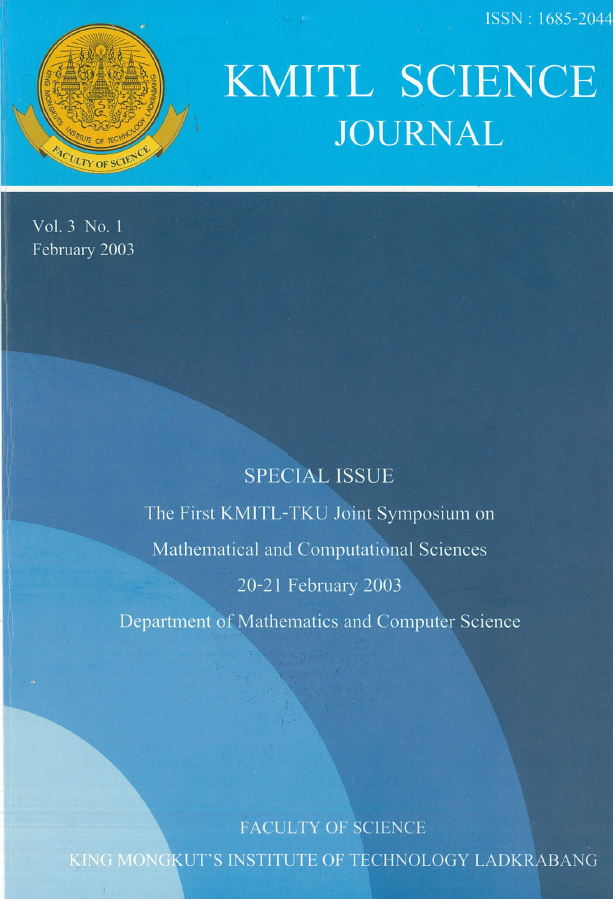On Modeling a Complex System with Interacting Components
Main Article Content
Abstract
This paper presents an approach for modeling a system with complex interactions among the components, in which applications can be found in various fields such as biology, physics, business, and elsewhere. In the general setting, a system consists of a finite number of parts. For each part, it is necessary to choose one of a finite number of interchangeable components so as to maximize the performance of the system, which depends also on the interactions among the chosen components. The proposed models include controllable parameters whose values reflect the system size and the amount of interaction among the components. Computer simulation and analytical arguments are used to obtain results about the expected performance of such a system and the effects of the interactions among the components on that quantity.
Keywords: -
E-mail: cast@kmitl.ac.th
Article Details
Copyright Transfer Statement
The copyright of this article is transferred to Current Applied Science and Technology journal with effect if and when the article is accepted for publication. The copyright transfer covers the exclusive right to reproduce and distribute the article, including reprints, translations, photographic reproductions, electronic form (offline, online) or any other reproductions of similar nature.
The author warrants that this contribution is original and that he/she has full power to make this grant. The author signs for and accepts responsibility for releasing this material on behalf of any and all co-authors.
Here is the link for download: Copyright transfer form.pdf
References
[2] Derrida, B. (1981), ‘Random-Energy Model: an Exactly Solvable Model of Disordered Systems’, Physical Review B, 24 2613-2626.
[3] Flyvbjerg, H. and Lautrup, B. (1992), ‘Evolution in a rugged fitness landscape’, Physical Review A, 46, 6714-6723.
[4] Kauffman, S. A. (1993), The Origins of Order, Oxford University Press, oxford.
[5] Kauffman, S. A. and Levin, S. (1987), ‘Towards a general theory of adaptive walks on rugged landscapes’, Journal of Theoretical Biology, 128, 11-45.
[6] Levinthal, D. A. (1997), ‘Adaptation on rugged landscape’, Management Science, 43, 934-950.
[7] Macken, C. A., Hagan, P. S., and Perelson, A. S. (1991), ‘Evolutionary walks on rugged landscapes’, SIAM Journal on Applied Mathematics, 51, 799-827.
[8] Macken, C. A. and Perelson, A. S. (1989), ‘Protein evolution on rugged landscapes’, Proceedings of the National Academy of Sciences of the United States of America, 86, 6191-6195.
[9] Perelson, A. S. and Macken, C. A. (1995), ‘Protein evolution on partially correlated landscapes’, Proceedings of the National Academy of Sciences of the United States of America, 92, 9657-9661.
[10] Solow, D., Vairaktarakis, G., Piderit, K. S., and Tsai, M. C. (2002), ‘Mnagerial insights into the system-building problem from a combinatorial optimization model’, under revision for Management Science.


